What is the difference between 201 stainless steel and 304 stainless steel?
 What is the difference between 201 st...
What is the difference between 201 st...A large number of application examples show that by reasonably controlling the cooling parameters of the forgings after forming, the microstructure and properties of the forgings after the waste heat heat treatment reach the level of ordinary heat treatment, and have good process stability and reproducibility. The use of waste heat for heat treatment saves the heating process in the heat treatment process, the energy saving effect is remarkable, and the investment and maintenance costs for heat treatment equipment are reduced.
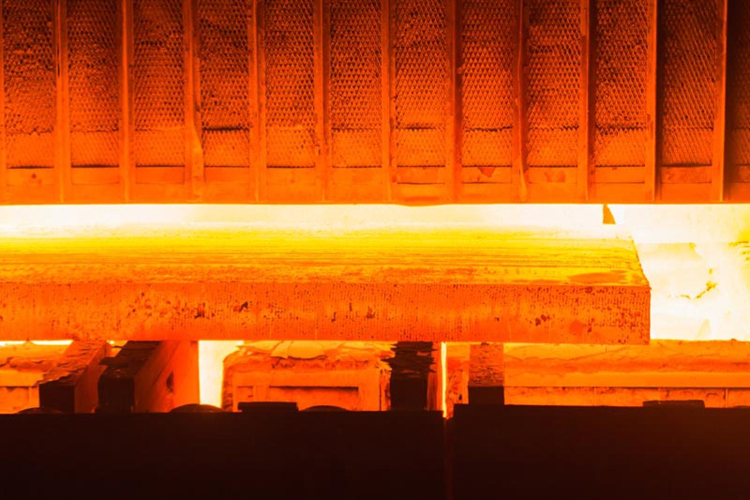
The forging industry is a major energy consumer, and the heat treatment of forgings is a major energy consumer in the production of forgings, accounting for about 30% to 35% of the total energy consumption of the entire forging production. The energy consumption per ton of die forgings in my country is about 1.0t standard coal, compared with foreign industrialized countries, there is a big gap. For example, the energy consumption per ton of die forgings in Japan is about 0.515t standard coal. The energy consumption of forgings accounts for about 8% to 10% of the cost of forgings. Reducing energy consumption can not only reduce the production cost of forgings and improve the economic benefits of enterprises, but also the energy problem is an important issue related to the sustainable development of a country. to a major global issue of human survival. Therefore, making full use of forging waste heat for heat treatment has obvious advantages in energy saving, consumption reduction, and efficiency improvement, which not only saves energy, shortens the process flow, but also protects the environment.
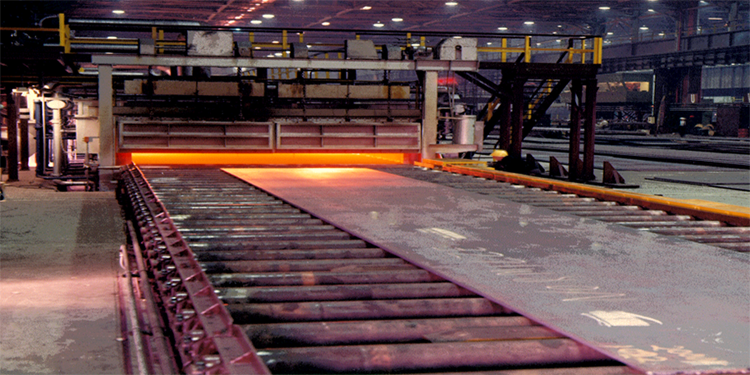
After forging, the heat treatment of the forging is carried out directly by using the heat of the forging itself, that is, the residual heat treatment of the forging omits the process of reheating the forging before the heat treatment after forging. Generally, there are the following three methods for residual heat treatment.
(1) After forging, heat treatment with residual heat is carried out. After the forging is formed, it is directly sent to the heat treatment furnace, and it is still carried out according to the conventional heat treatment process. After the temperature is equalized, the temperature of different parts of the forging is consistent, which can shorten the holding time. This method is called residual heat soaking heat treatment. For forgings with complex shapes, especially those with large cross-section changes, this process can ensure stable quality of forgings.
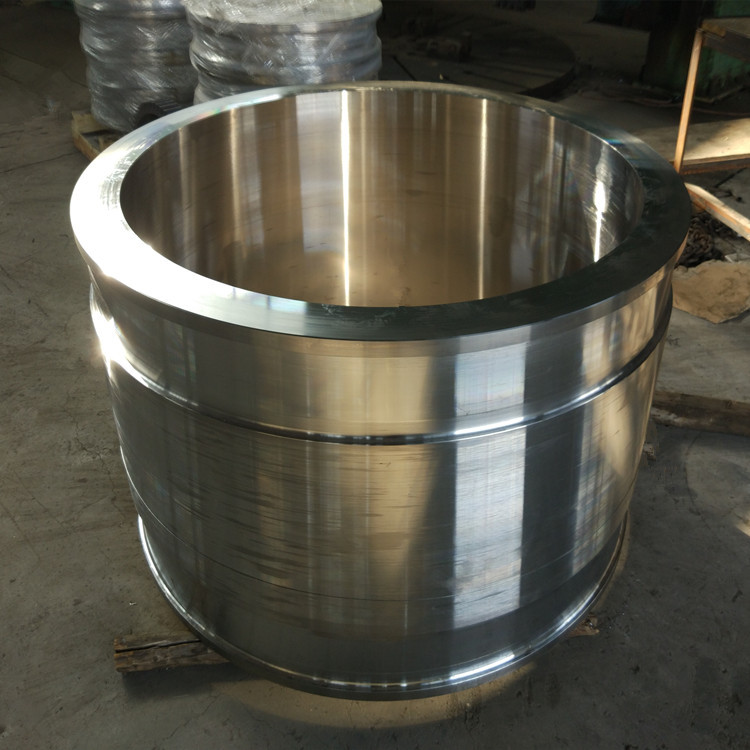
(2) Direct residual heat heat treatment after forging. After the forging is formed, the forging waste heat is directly used for heat treatment, and the forging and the heat treatment are closely combined, which saves a lot of energy waste caused by the reheating of the ordinary heat treatment.
(3) After forging, use part of the residual heat for heat treatment. After the forging is formed, the forging is cooled to about 600-650 ℃, and then the forging is reheated to the required temperature for heat treatment. This method can be refined to the grain size, and saves the energy consumption of heating the forging from room temperature to 600-650 ° C, and is generally suitable for forgings with high grain size requirements.
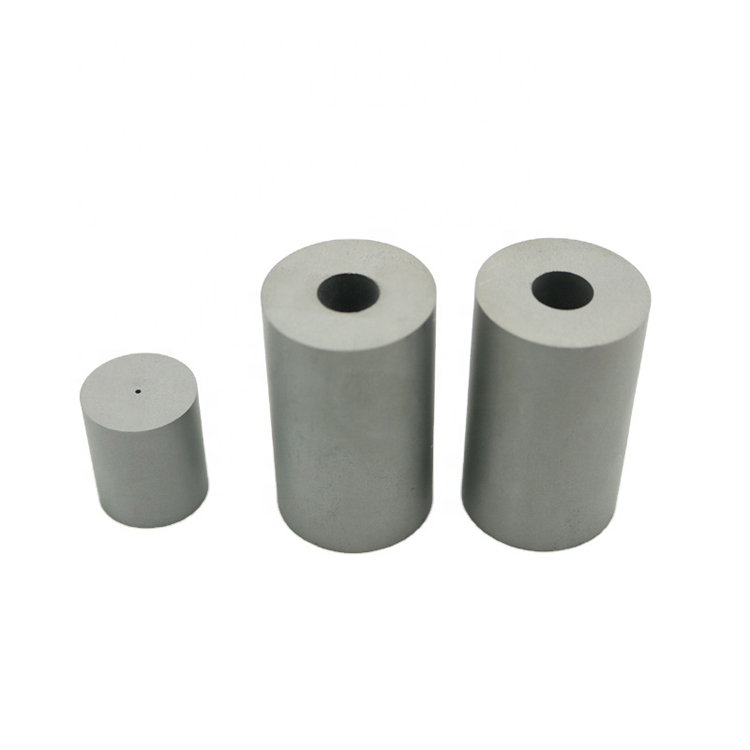
Forging waste heat quenching is a process method for obtaining martensite or bainite structure by quenching into a suitable quenching medium when the temperature is higher than Ar3 or a certain temperature between Ar3 and Ar1 after the forging is formed.
After the forging is quenched and tempered by the residual heat of forging, it can not only obtain better comprehensive mechanical properties, but also save energy, simplify the process flow, shorten the production cycle, reduce personnel and save the investment cost of quenching heating furnace.
After the forgings are quenched by forging waste heat and tempered at high temperature, their strength and hardness are generally higher than those of ordinary quenching and tempering, while their plasticity and toughness are slightly lower than those of ordinary quenching and tempering (when both tempering temperatures are the same). If the forging waste heat is quenched and a higher tempering temperature is used (generally 40-80 °C higher than the tempering temperature of ordinary quenching and tempering), its plasticity and toughness are equivalent to or slightly higher than ordinary quenching. After the forging is quenched by the residual heat of forging, the strength and hardness are obviously improved on the premise of maintaining the plasticity and toughness. In addition, because the grains are coarser than ordinary quenching, the machinability of the material can be improved.
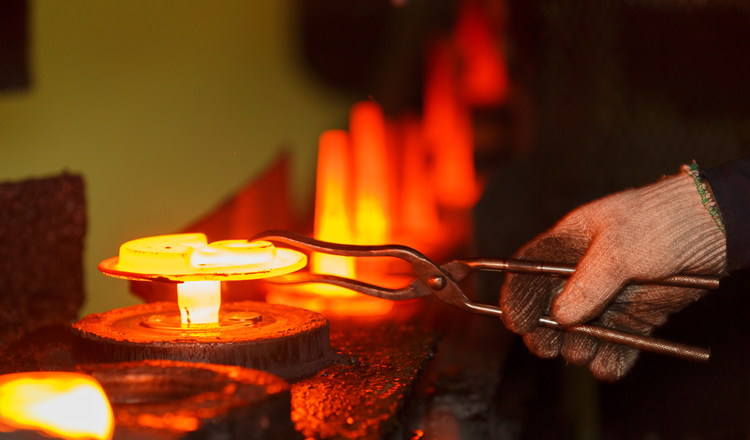
Forging waste heat normalizing (annealing) is that after the forging is formed, when the temperature is higher than Ar3 (for hypoeutectoid steel), it enters a normalizing furnace, cooling box or annealing furnace for normalizing or controlled cooling to obtain a normalized structure.
Due to the high forging heating temperature, the grains of the forgings treated by this method are relatively coarse, which are generally used for preparatory heat treatment, and are not suitable for forgings with high requirements for grain size. At the same time, the structure obtained after treatment is pearlite + ferrite equilibrium structure, the coarse grains do not have structure inheritance in the subsequent heat treatment, and the grains can be re-refined.
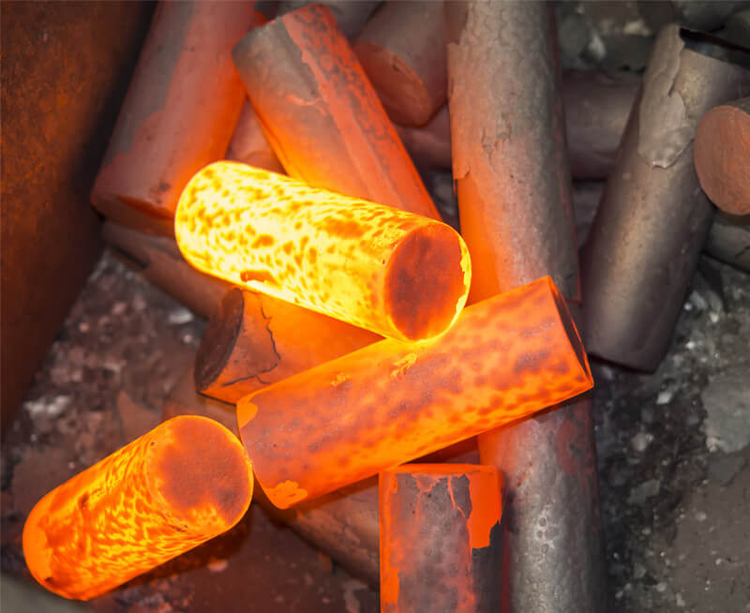
Forging waste heat isothermal normalizing is that after the forging is formed, when the temperature is higher than Ar3 (for hypoeutectoid steel), it is rapidly cooled, cooled to the isothermal temperature, held for a period of time, and then air-cooled to room temperature.
After the forging is formed, the temperature is generally 900-1000 °C, the quenching rate is generally controlled at 30-42 °C/min, and the isothermal temperature is generally 550-680 °C (specifically determined according to different materials). Rapid cooling is the key process of this process, and the cooling air volume, air speed, air temperature and air direction can be adjusted to ensure the uniform temperature of the forgings after cooling. The isothermal temperature is determined according to the type of material and the required hardness, and is generally selected at the nose of the pearlite transformation curve to shorten the isothermal holding time. Forging waste heat isothermal normalizing is mostly used for carburizing gear steel, such as SCM420H, SCM822H, SAE8620H and 20CrMnTiH.
 What is the difference between 201 st...
What is the difference between 201 st... Why is 316 stainless steel better tha...
Why is 316 stainless steel better tha... 400 series stainless steel science
40...
400 series stainless steel science
40... How to distinguish the processing tec...
How to distinguish the processing tec... Non-standard design materials of bras...
Non-standard design materials of bras... What type of titanium alloy does Tc4 ...
What type of titanium alloy does Tc4 ...